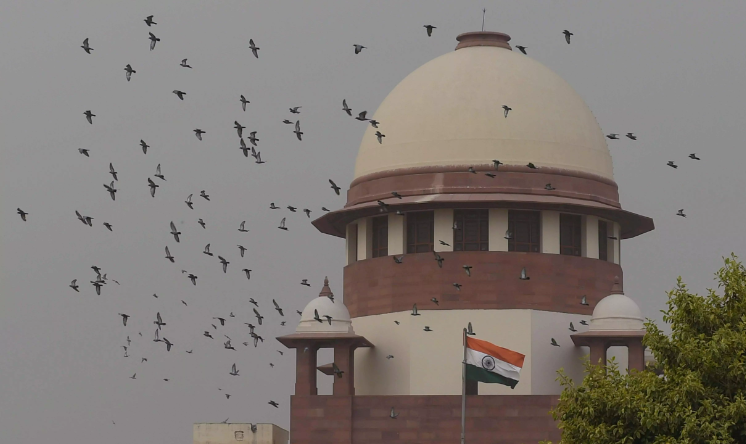Reconstitution of India’s Supreme Court Gender Sensitisation Committee (GS Paper 2, Governance)

Introduction
- The Supreme Court of India has undertaken a significant reform by reconstituting its Gender Sensitisation and Internal Complaints Committee (GSICC) in alignment with 2013 regulations on Gender Sensitisation and Sexual Harassment.
- This initiative underscores the judiciary's commitment to addressing gender-related issues.
Leadership of the Committee
- The reorganization process was spearheaded by the Chief Justice of India, who appointed Justice Hima Kohli as the chairperson.
- Justice BV Nagarathna and Dr. Sukhda Pritam were selected as members, ensuring a blend of legal expertise and academic insight for effective functioning.
Membership Composition
- The GSICC comprises representatives from various legal associations such as the Supreme Court Bar Association, the Supreme Court Advocate-on-Record Association, and the Supreme Court Bar Clerks’ Association.
- Additionally, eminent individuals appointed by the Chief Justice of India, including Shruti Pandey, Jaideep Gupta, Dr. Leni Chaudhuri, and Dr. Menaka Guruswamy, enrich the committee's approach with multidisciplinary perspectives.
Continuity and Strategic Planning
- Under the leadership of Justice Hima Kohli, the committee aims for stability and continuity in addressing gender sensitisation and sexual harassment issues within the legal framework.
- Leveraging her experience and leadership, the committee is poised to uphold fairness and promote gender equality in India’s highest courts through systematic and proactive measures.
Key Facts about the Supreme Court of India
Establishment and Structure:
- Founded on January 28, 1950, in New Delhi.
- Initially comprised eight judges; currently, it accommodates 34 judges.
Significant Aspects and Contributions:
- Notable judgments include the landmark case of State of Bihar v. Kameshwar Singh (1950).
- Features the iconic Scales of Justice atop Ashoka’s Lion Capital.
Legal and Social Impact:
- Implemented regulations prohibiting retired judges from practicing law in India.
- Advanced gender sensitivity by enabling women to work at night in previously restricted professions and spaces.
Conclusion
- The reconstitution of the GSICC reflects the Supreme Court's proactive stance in fostering a conducive and equitable environment within the Indian legal system.


